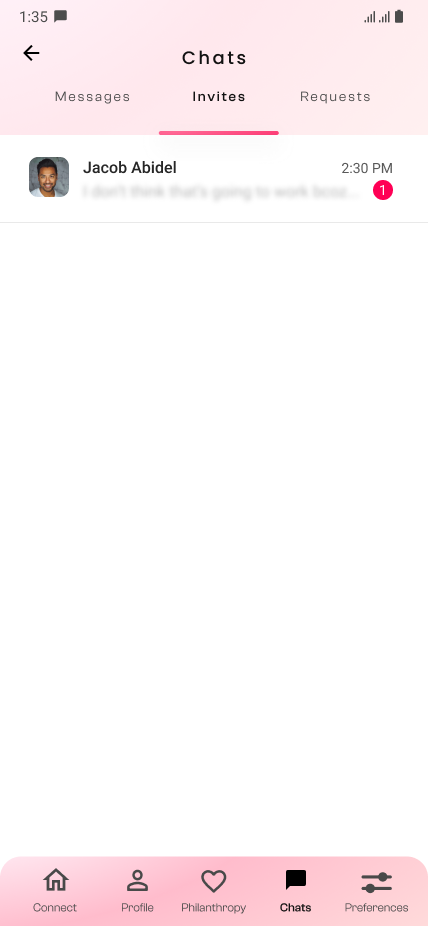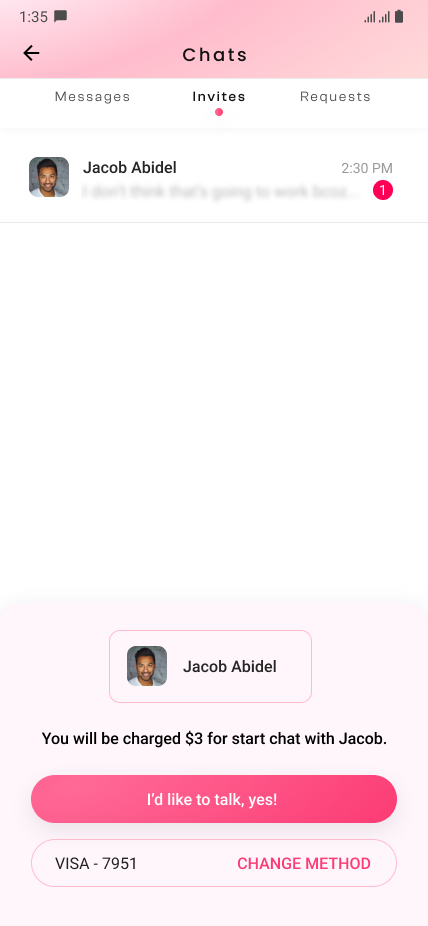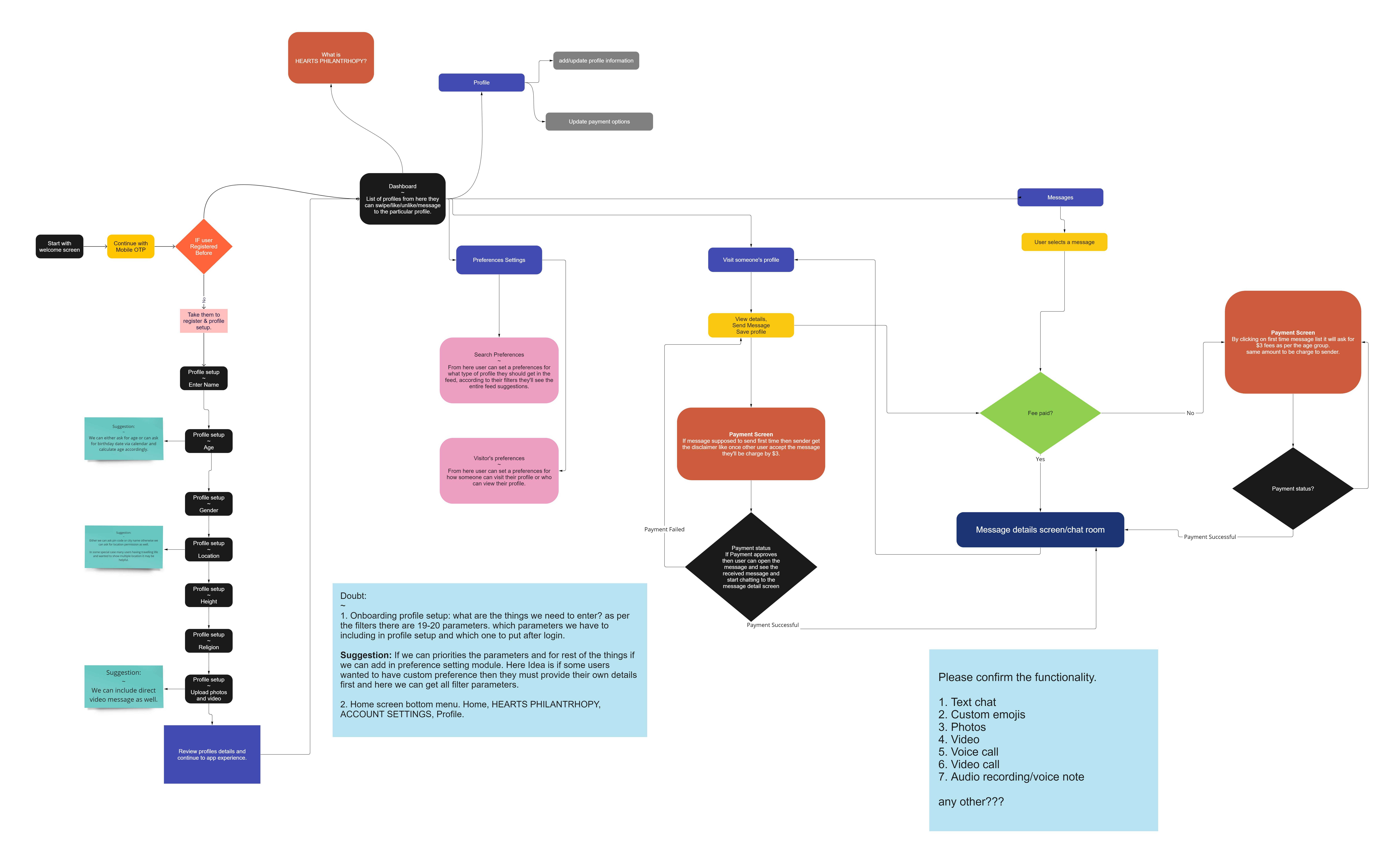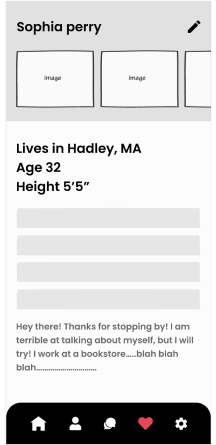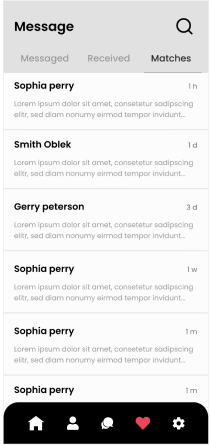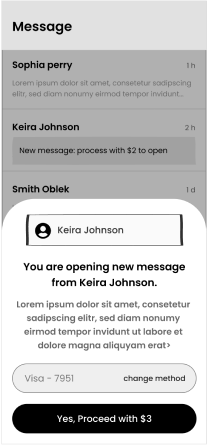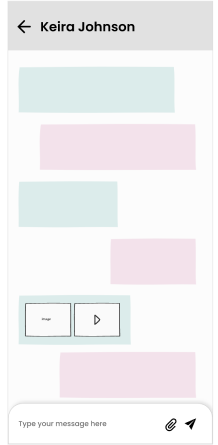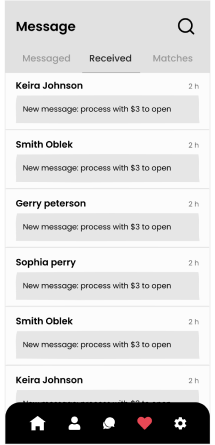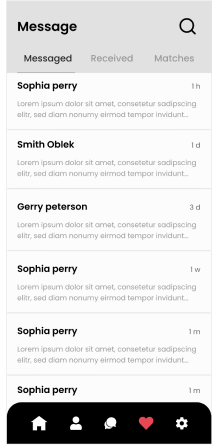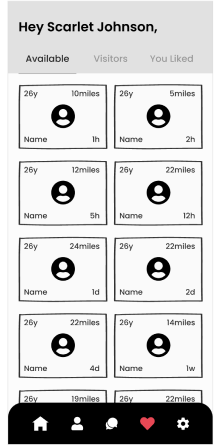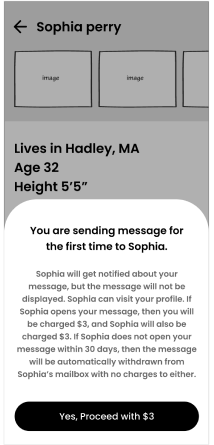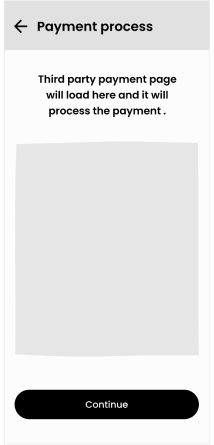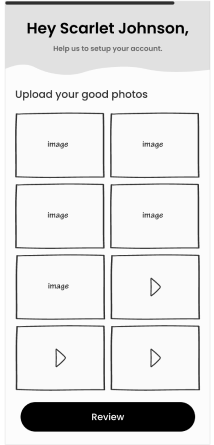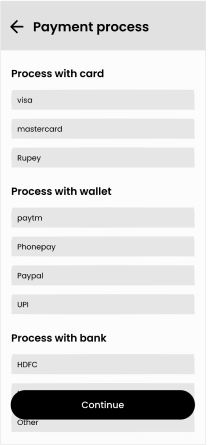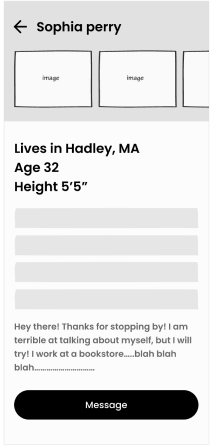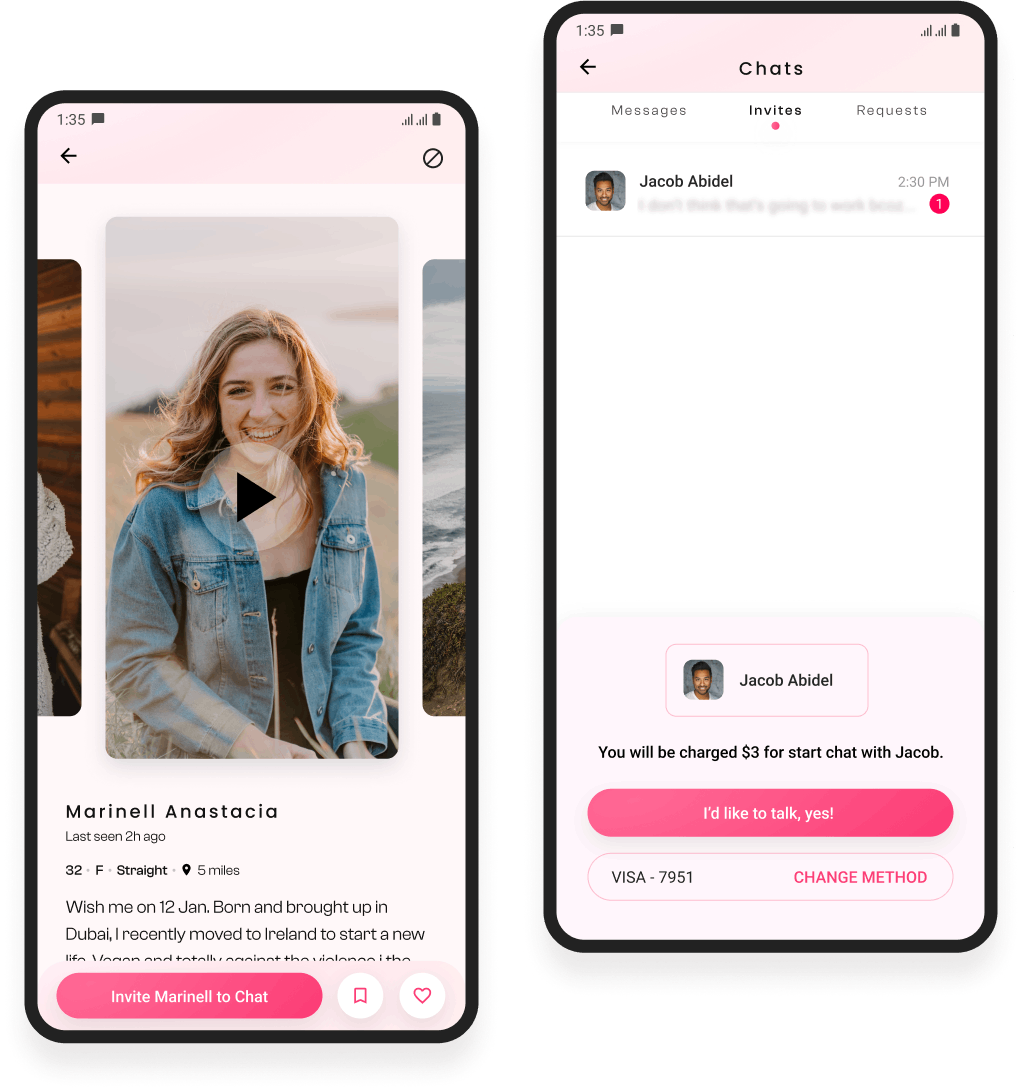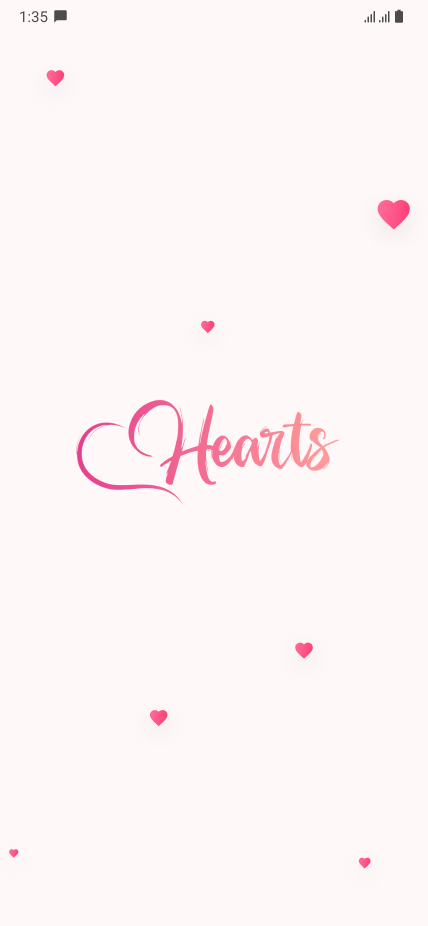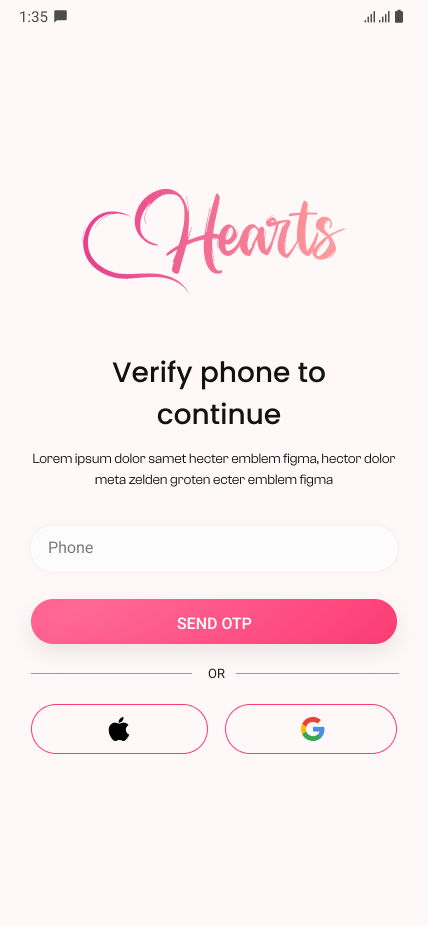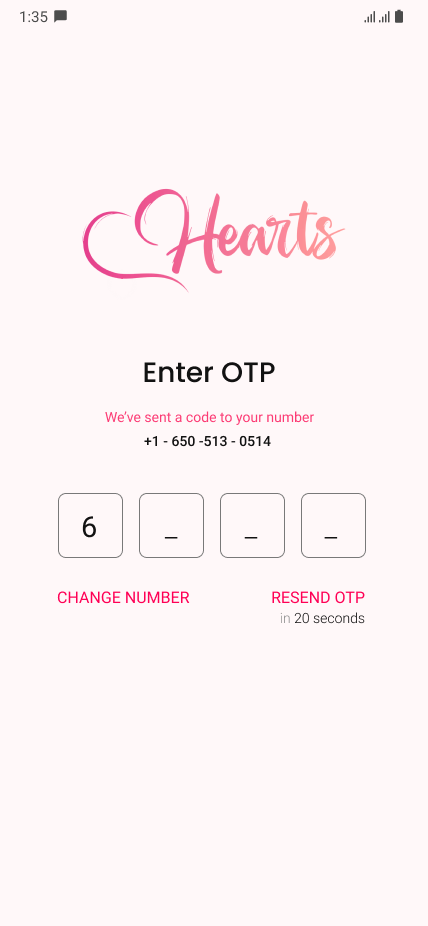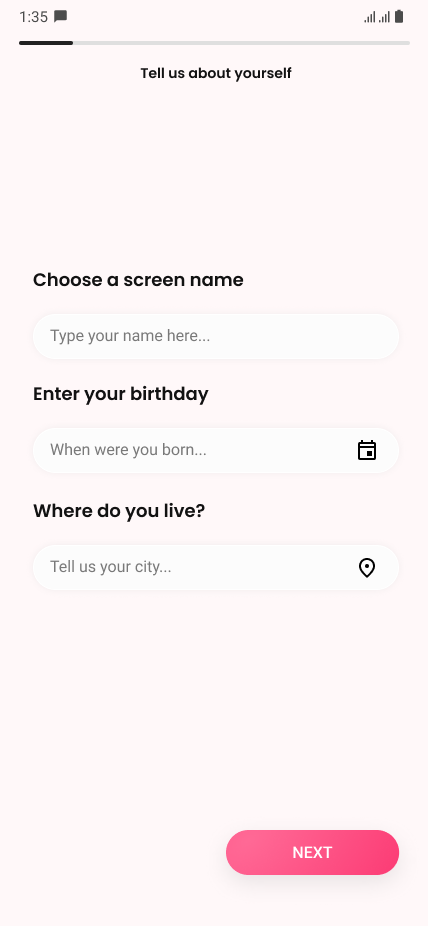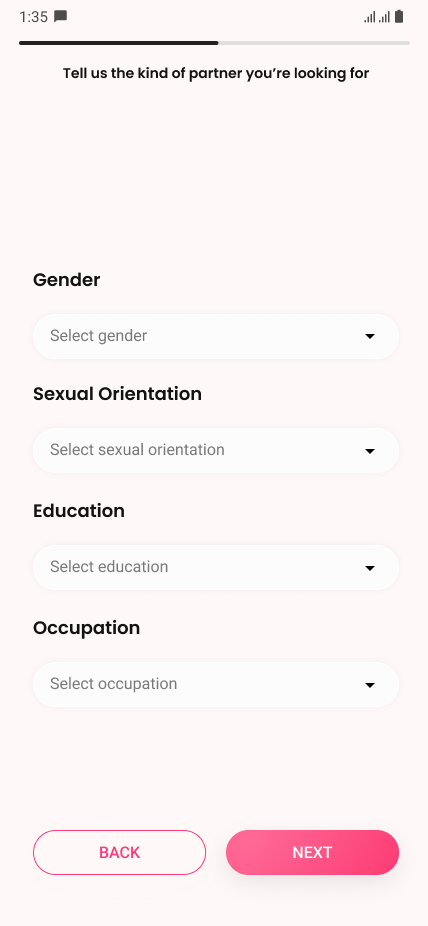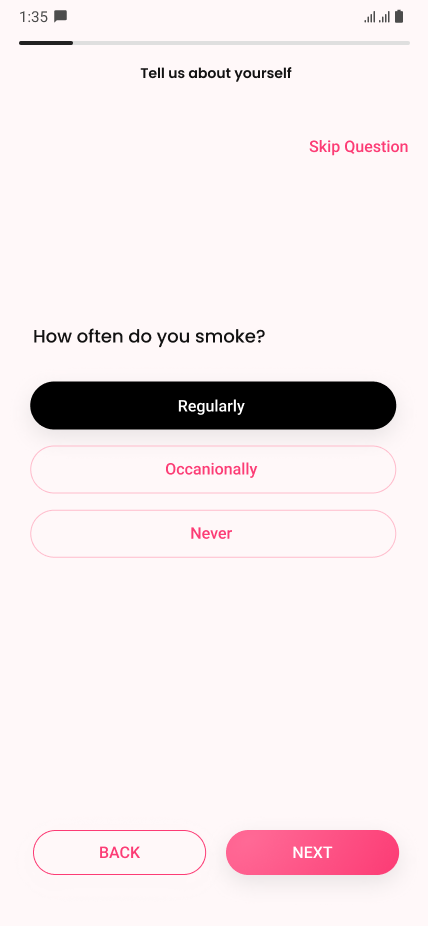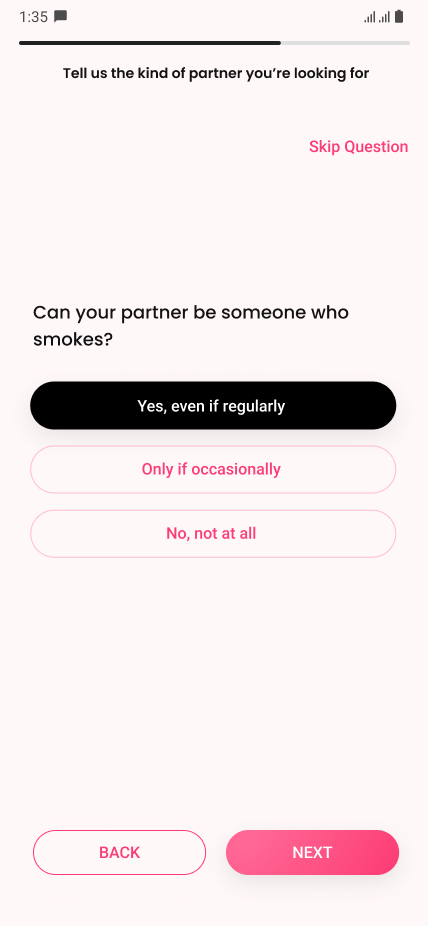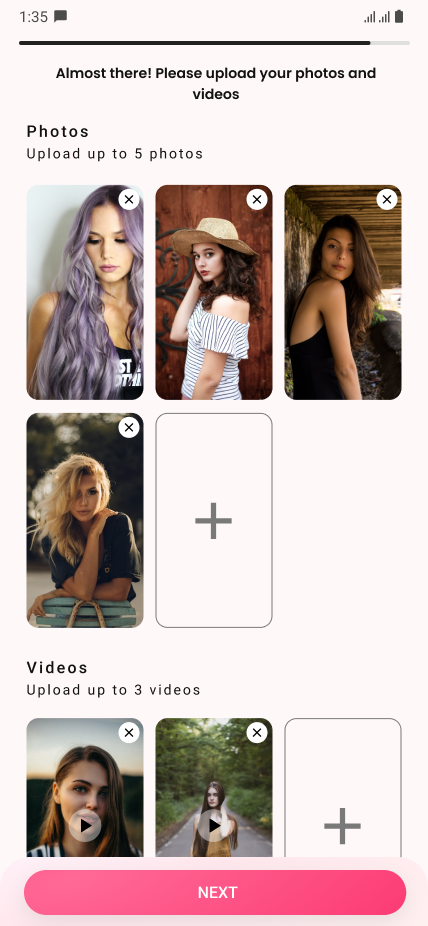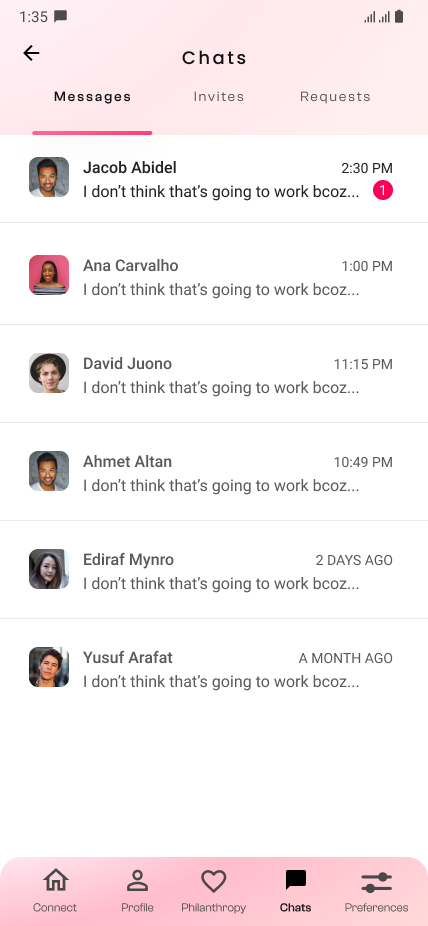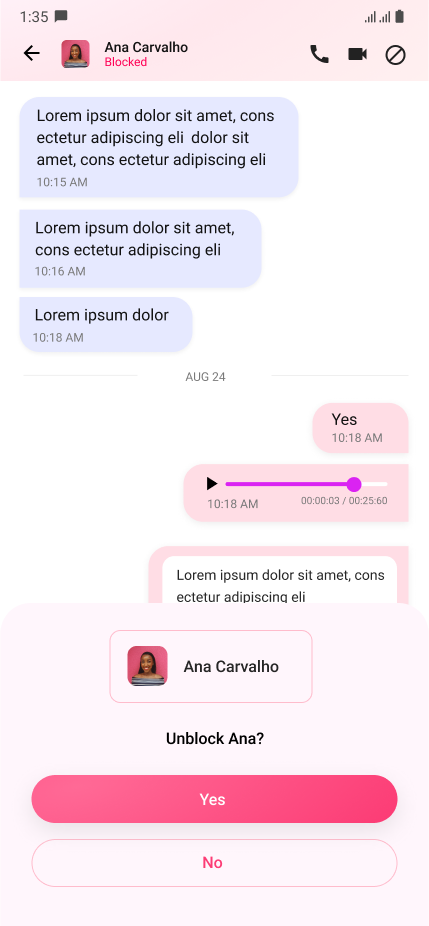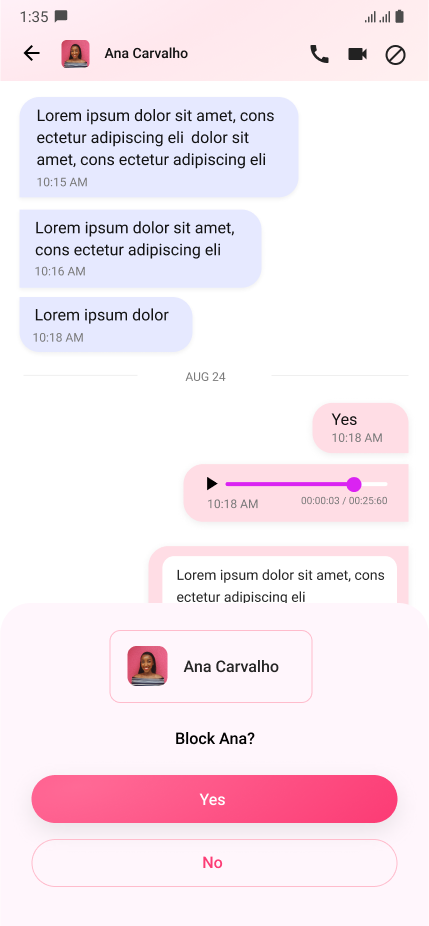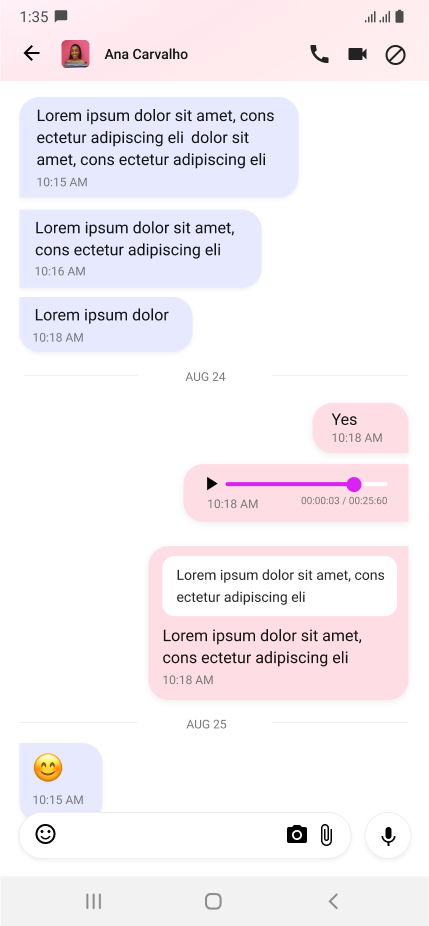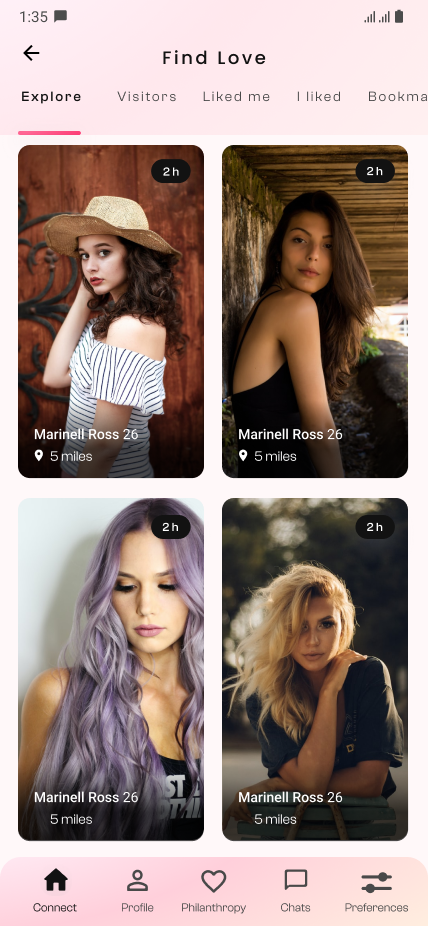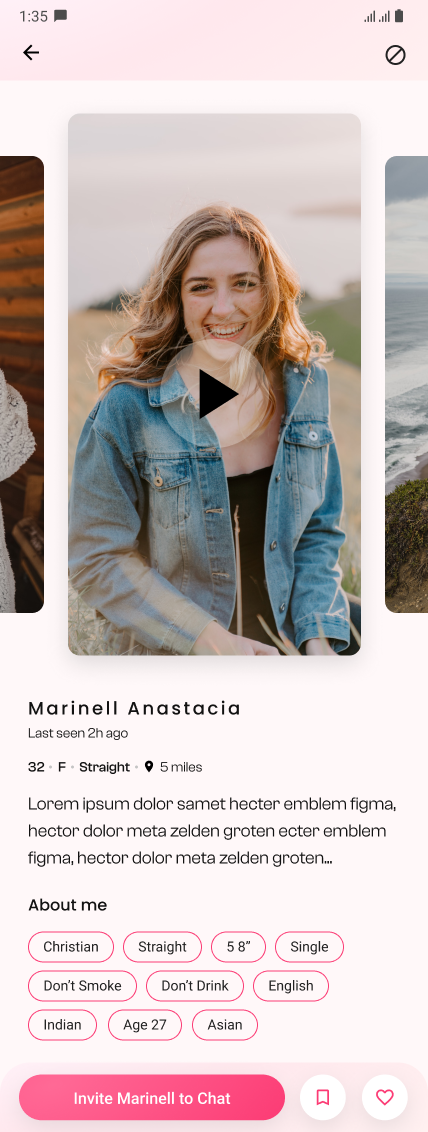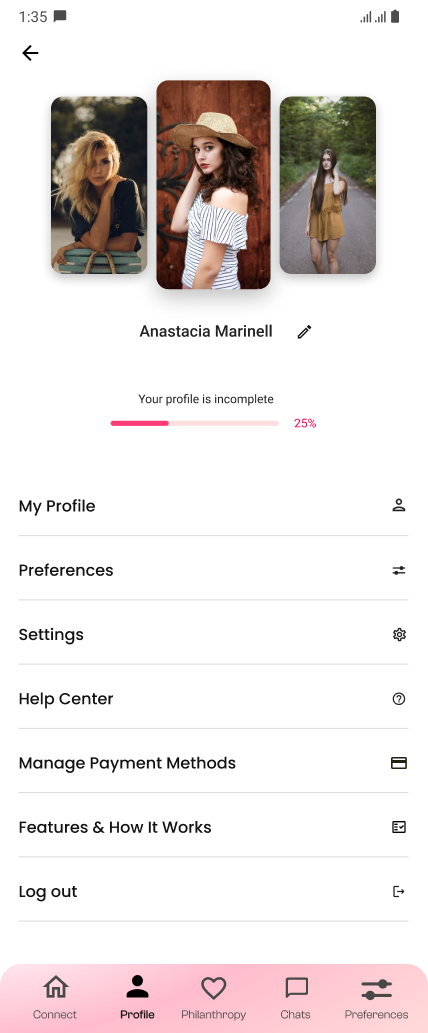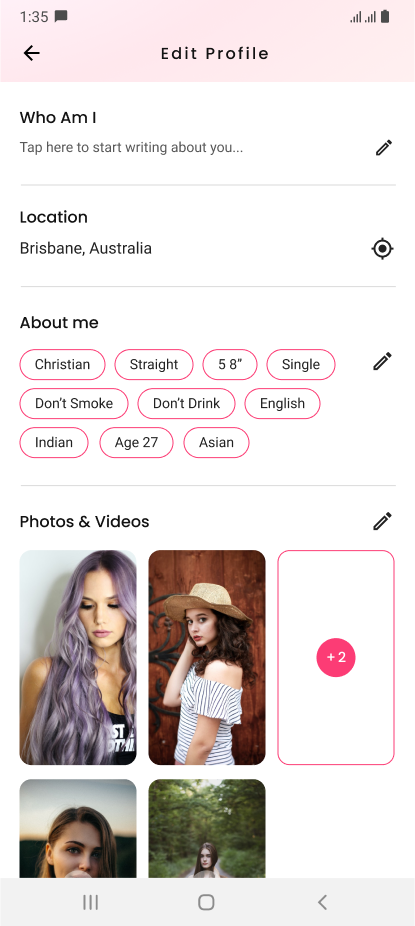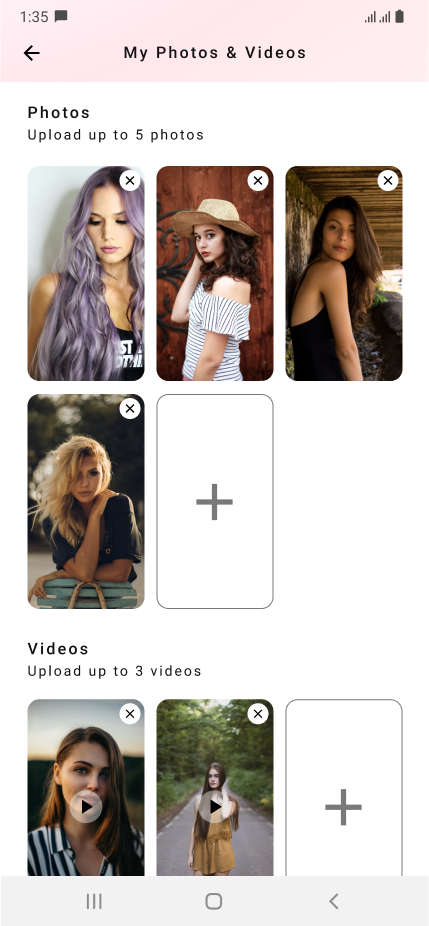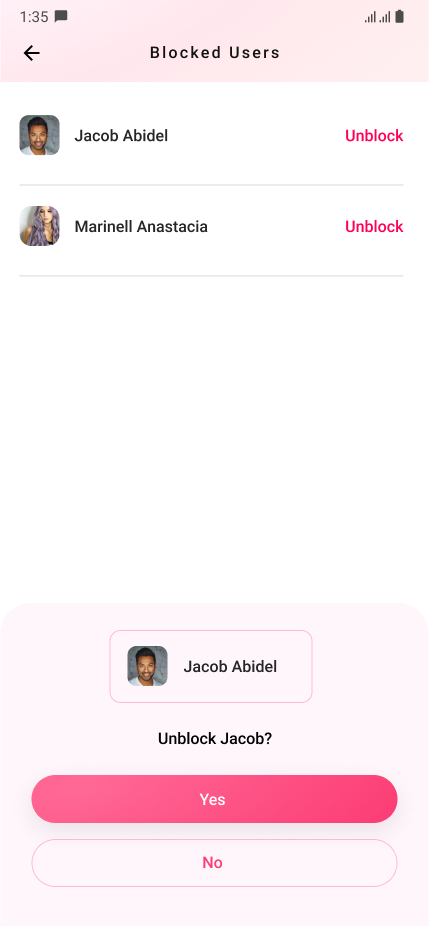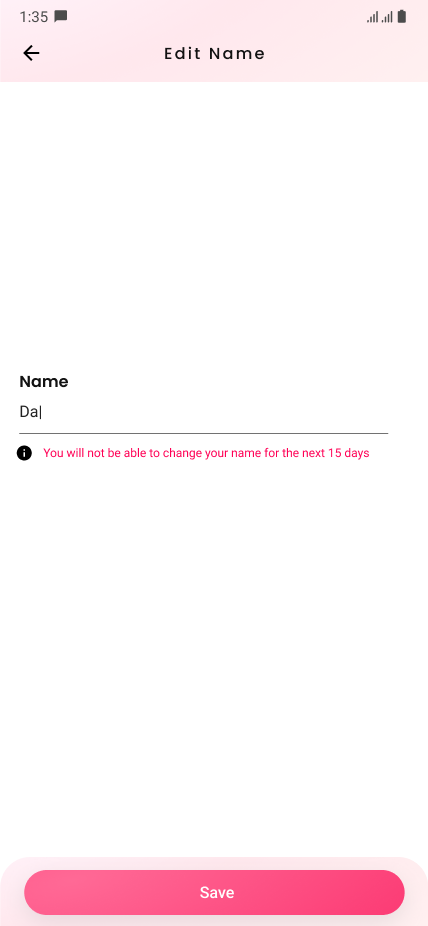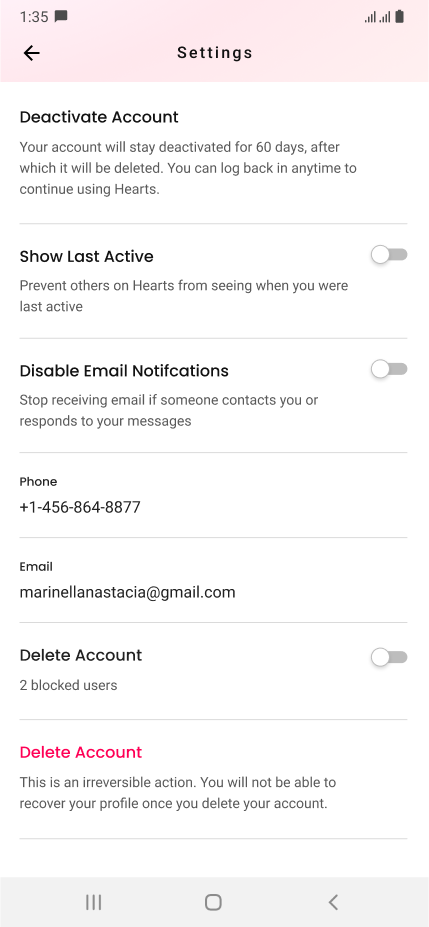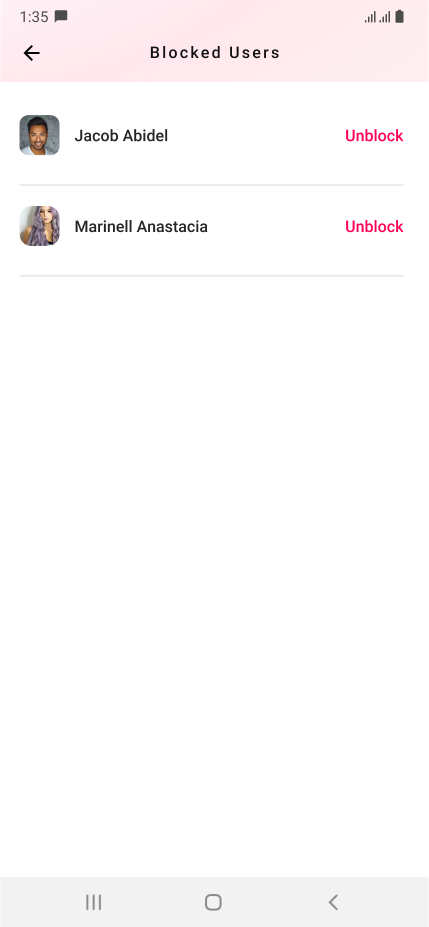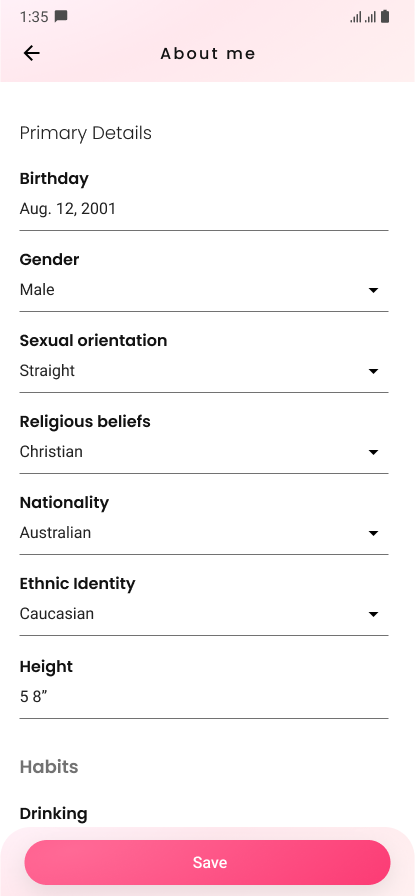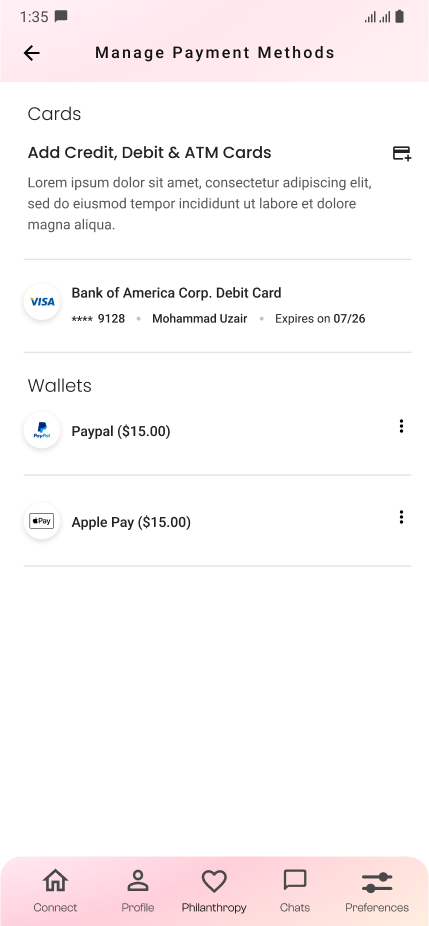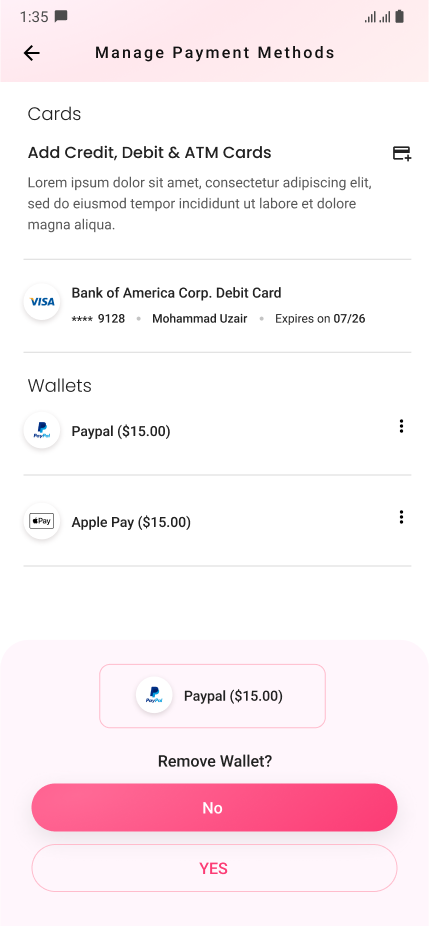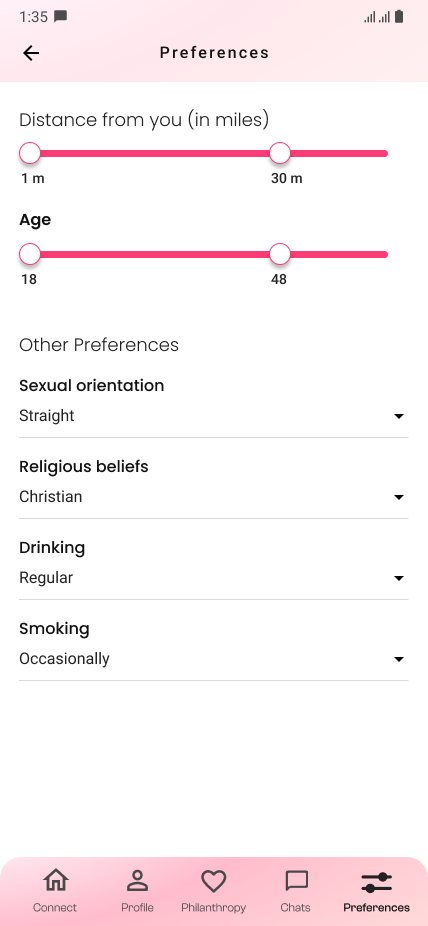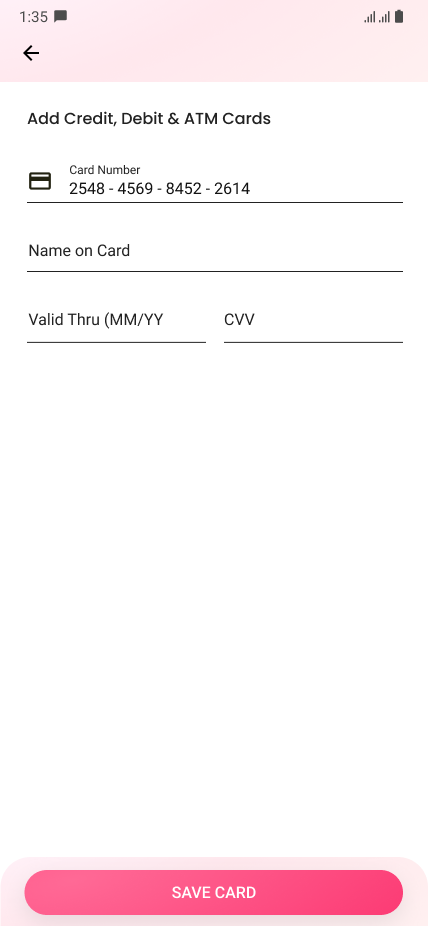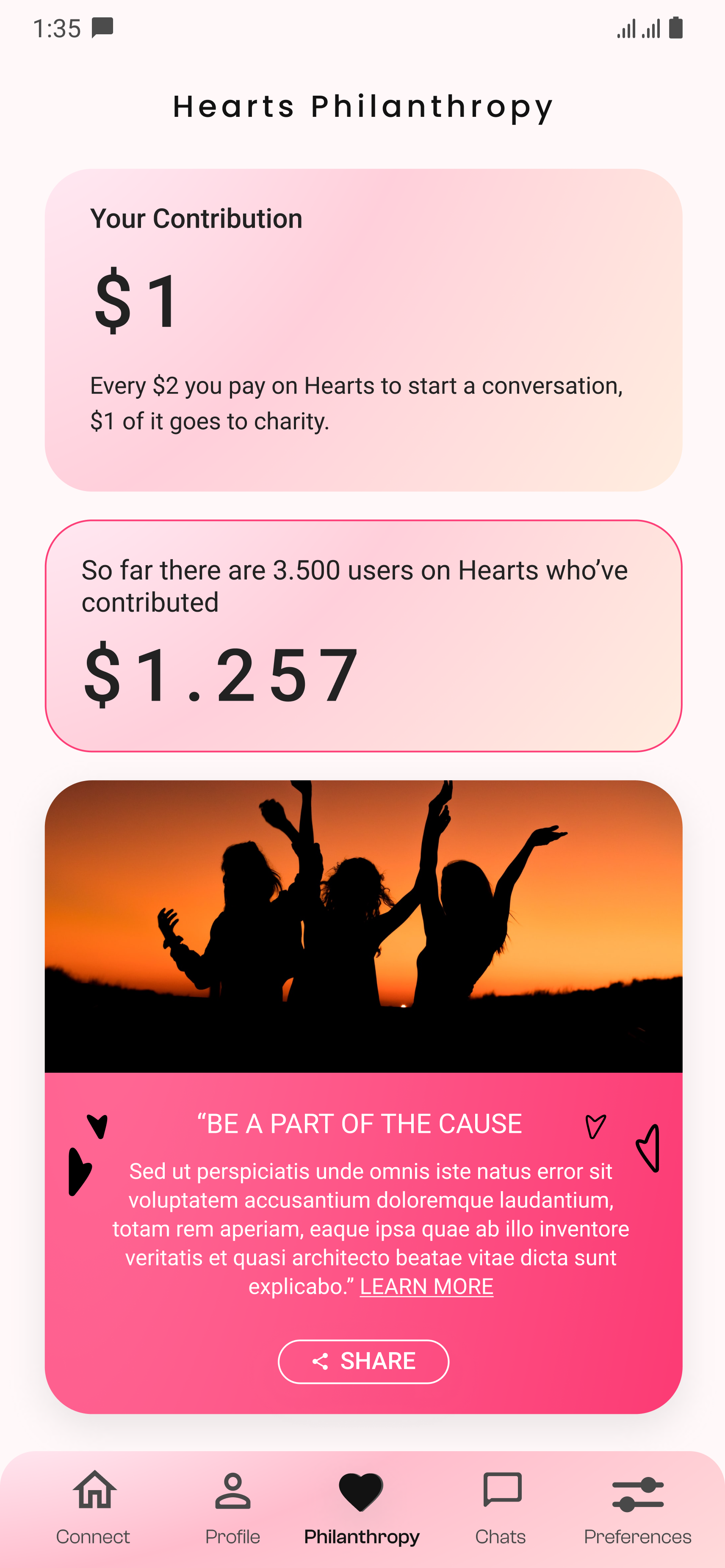Pay To Talk
Chat module was divided into requests that were messages (conversations), chat requests sent to others, and chat invitations received from others. I'm not in favor of tabs and divisions most of the time, but I think these become necessary evil quite often in UX and UI. You wouldn't want the users to scroll too much nor get them confused between components as to which is which.
This brings up to the most important part of the chat - invitations. This is where Hearts makes money and more importantly stands out from other apps that hide user profiles only to be unlocked with subscription plans. You can visit as many profiles on hearts as you want, see photos and videos, bookmark and like profiles, and see who showed interest in you without having to pay for it.
Hearts, in fact, serves the purpose of letting you find the one at the least. This is where most dating apps fail.
Users hate subscription walls. Dr. B. J. Fogg pointed out elements of simplicity that define a task's difficulty. Three of which are time, money and physical efforts. Subscription walls cost you a good amount of money which you'd hate to spend, time that will potentially make you lose interest, and physical efforts of finding your credit/debit card to add it as a payment method to the app. Such walls, therefore, kill motivation to take the desired action.
So Hearts clearly had the advantage here. I had to put a payment wall, though, when the user decided to chat with someone. But by this time the users have a good amount of motivation to complete this action. If they're truly interested in that profile they'd not mind paying $3 to chat with that person. And the amount asked is small. It's like on gaming apps where you pay smaller amounts to buy individual assets which you'd avoid if the same assets were sold to you in collections that were expensive. This method works very well.
I decided to blur the initial words of the message instead of not showing it at all. It's a great trigger and the investors really liked this idea.
